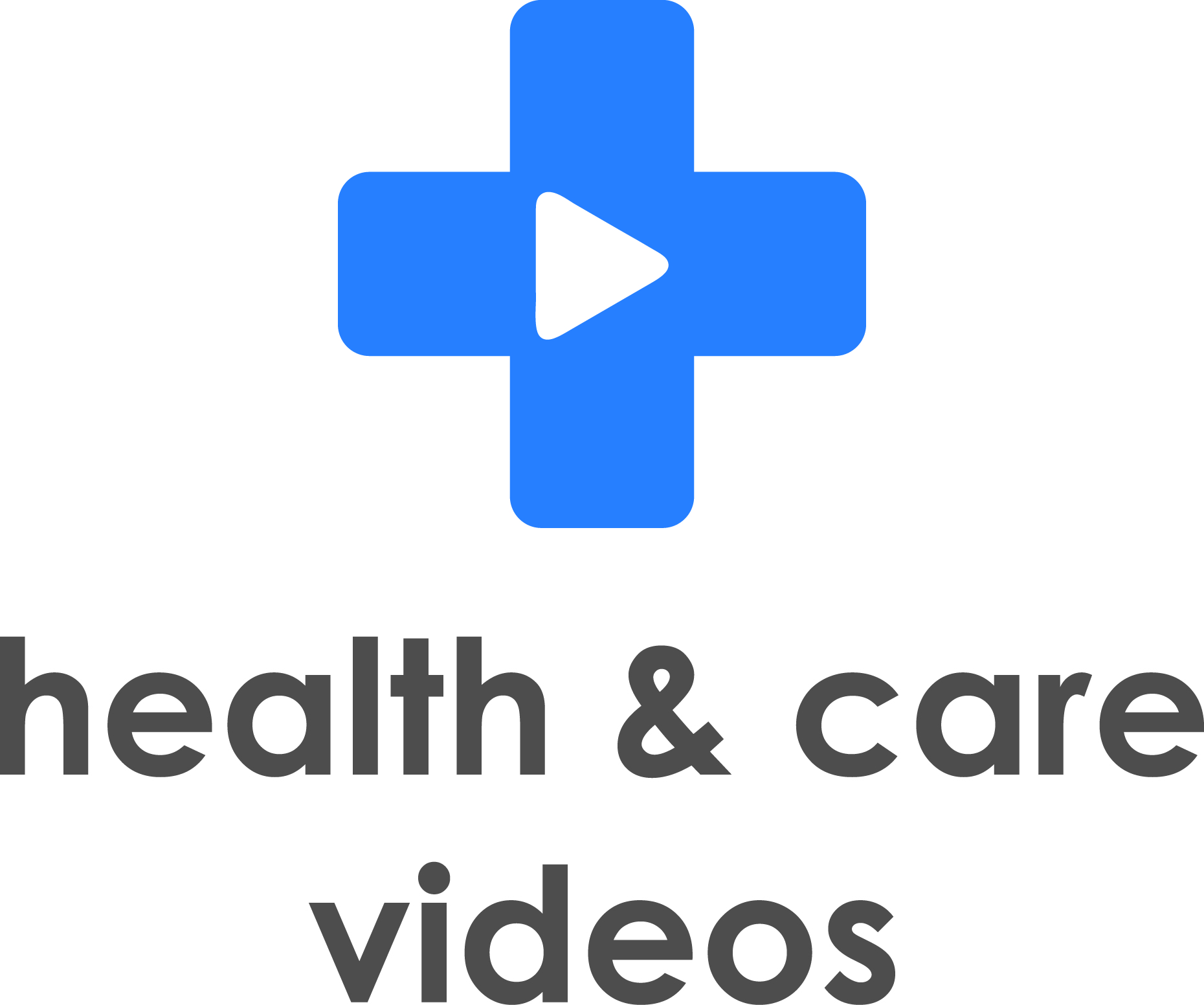Text messaging in primary care is growing more and more popular, whereas many companies such as
Fully-Verified have been involved in creating software and applications for these purposes.
Approximately
38% of GPs use text messaging to communicate with patients. This number is expected to grow as 99% of patients are more than happy to receive text messages from their GP.
These messages are already proving to be an effective tool for improving attendance and supporting patients as they travel through their healthcare pathways.
Read on and discover how text messaging in primary care is changing current initiatives and boosting productivity in general practices across the UK.
Why should you use text messaging in primary care?
Text messaging is a familiar and readily available technology for most patients. They use it to communicate with friends, family and even some businesses.
Because of its popularity, text messaging is a powerful method of communication for primary care organisations. It is especially effective with younger generations that grew up with this technology.
There are several benefits of using text messaging in primary care:
- Immediate contact with patient – Pops up on phone straight away so you can reach them wherever they are. There’s also no wait-time like there is with letters, and read-receipts can ensure the patient has accessed the information
- Saves staff time – Team does not have to call each patient individually to discuss appointments or test results. Can use an automated system to send bulk campaigns, appointment reminders and test results.
- Cost effective – The print costs of formal letters is significant, and that does not factor in administration time. Therefore, text messaging is a much more cost-effective service
Some organisations are taking text messaging one step further and using messaging platforms such as
WhatsApp to communicate with colleagues and patients.
So far it’s been very effective, and proves that there is a high demand for using text messaging and communication technology in primary care. All GP surgeries have to do is set it up.
3 ways text messaging is being used in healthcare
Text messages can be used in a variety of ways to improve primary care pathways. Here are just a few examples:
1. Appointment reminders
Many GPs use text messaging to remind patients about their appointments. Generally they use an automated system to send a message one week before the appointment, then one the day before.
They often also include an easy way to adjust or cancel their appointment. This is really important as non-attendance in
primary care ranges from 6.5% to 42% of appointments.
Using text messages can reduce Do-Not-Attends (DNAs) significantly, so are worth including in your strategies.
Not only does this disrupt the continuity of patient care and delay treatment, it also prevents other patients from getting appointments. This reduces the efficiency of the health system and increases care costs significantly.
However, using text messaging in primary care to remind patients of appointments (and give them opportunities to cancel/reschedule) will increase capacity for GPs and improve wait-times due to its simplicity.
2. Support self-management
Through text messaging in primary care, GPs can support patients and help them manage their conditions.
They can send reminders about clinics and information about self-care techniques straight to their phone. This vital information can make a huge impact on patient confidence and may even help prevent conditions progressing to a point that requires admission.
Primary care organisations can use bulk text messaging features to send out targeted campaigns. That way you can offer bespoke advice for conditions such as:
- Asthma
- Diabetes
- Vaccinations
- Smoking cessation
3. Communicate with patients directly
Especially when you enable replies as well as sending.
It’s also easier for secretaries, nurses and GPs to manage the enquiries that come in if they’re in text-format rather than phone calls.
Texting means that patients can choose when and where to interact with your GP surgery. It fits around the patient’s schedule; this is especially important for those who struggle to get time off work.
Put simply, text messaging in primary care is much more convenient for the patient than phone or email. Patients may also feel that text is more trustworthy than a call from a withheld number, so will communicate directly with the surgery via this medium.
Can we use videos with these messages?
We’ve established that text messaging in primary care is an effective tool, so why not combine it with another powerful tool like video?
By using direct and immediate text messaging share relevant and useful videos you can encourage self-care, inform patients and improve your facility’s capacity.
Torquay’s Chelston Hall Surgery has already
seen significant improvements after using text messages to share videos.
There has been a 20% uptake in video views, which suggests that patients are much more knowledgeable about their options, so can make informed decisions.
This has shortened appointment times and, in some cases, eradicated them completely.
Text messaging in primary care is very important. It makes GPs more accessible and consequently improves the patient experience.
Combine it with video and you’ll have a cost-effective and engaging way of sharing information that will help make the healthcare system more efficient.
For more tips on utilising video in primary care,
sign up to our monthly newsletter

